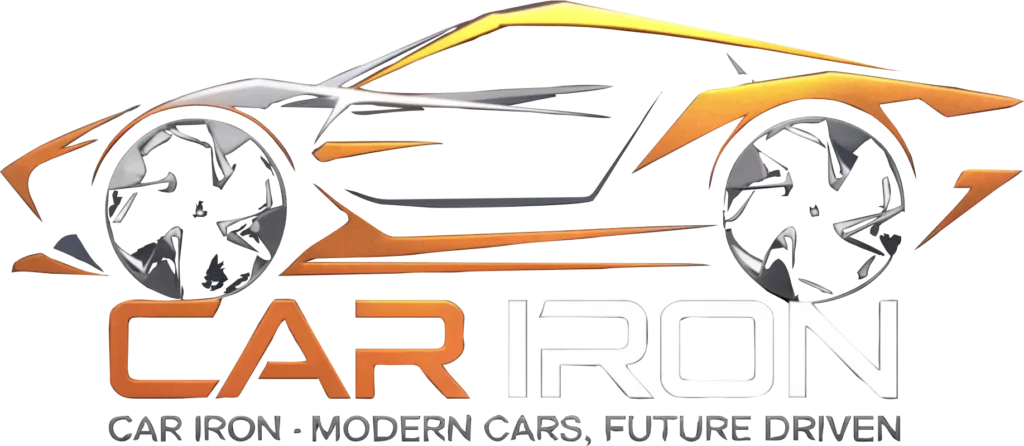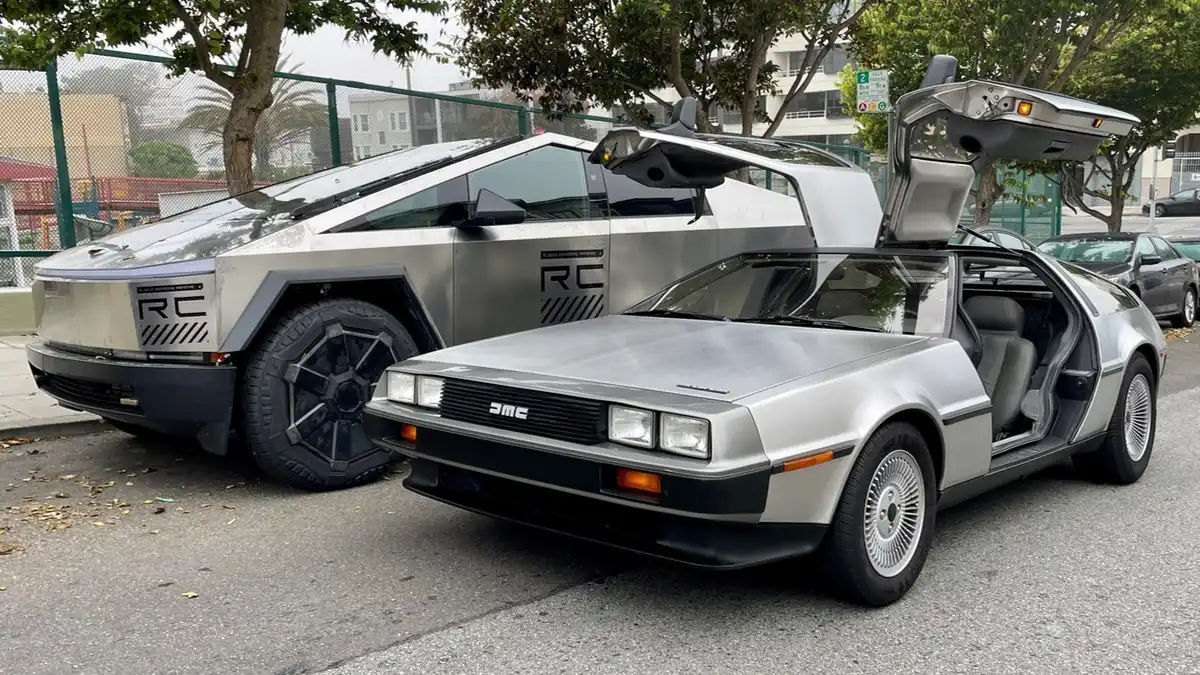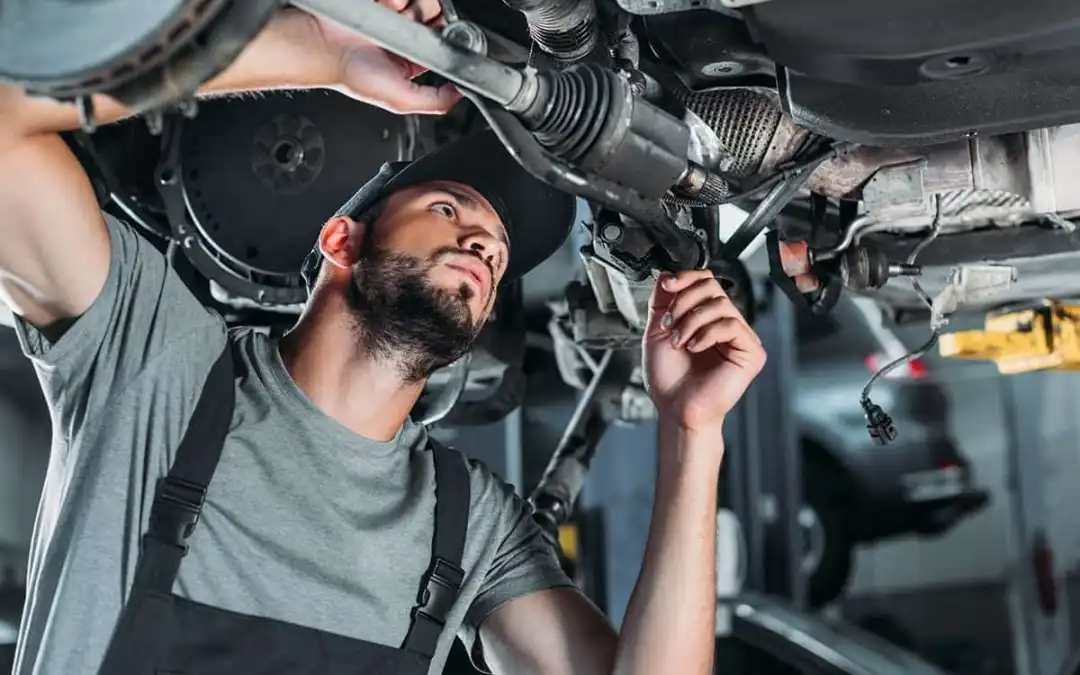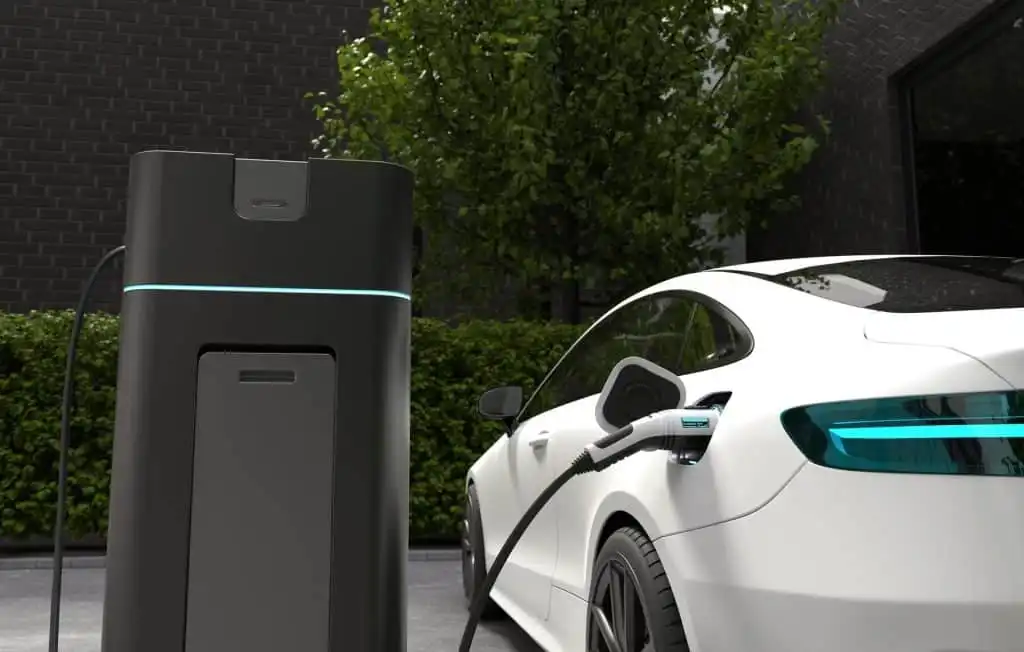The world of automotive design is constantly evolving, with new materials and technologies driving innovation. Among the many materials transforming the industry, car iron stands out as a key component in the creation of modern, high-performance vehicles. While it may not always be the first material that comes to mind when thinking about the sleek, futuristic designs of today’s cars, car iron plays a vital role in making these vehicles stronger, more efficient, and more sustainable.
In this blog, we’ll dive into the cutting-edge innovations behind modern car designs and how car iron is contributing to the future of automotive engineering.
1. The Rise of Car Iron in Modern Car Design
Car iron, particularly in its high-strength, lightweight forms, is becoming increasingly important in the design and manufacture of today’s vehicles. Traditionally, steel was the go-to material for car bodies, but advancements in car iron technology have made it an essential component for modern automotive engineers.
In recent years, car manufacturers have embraced the unique properties of advanced car iron, which includes improved durability, resistance to corrosion, and the ability to withstand high levels of stress. These innovations have enabled the creation of vehicles that are both lighter and stronger, without compromising on safety or performance.
2. Strength and Durability
One of the most important innovations car iron brings to modern vehicles is its strength. As vehicle designs continue to prioritize safety, having a material that can withstand the forces of impact is crucial. Car iron, particularly in the form of high-strength steel, is used extensively in car frames, door beams, and structural elements of the vehicle. These components play an essential role in protecting the vehicle’s occupants during accidents.
The strength of car iron allows manufacturers to reduce the overall weight of the vehicle without sacrificing its ability to protect passengers. Lighter vehicles are more fuel-efficient, yet car iron ensures that strength is not compromised in the quest for efficiency.
3. Lightweight Design for Improved Fuel Efficiency
While it may seem counterintuitive, a material as strong as car iron can also be incredibly lightweight. This is because modern car iron alloys are designed to provide strength without the added weight of traditional materials like cast iron or standard steel. The lightweight nature of car iron plays a crucial role in improving a vehicle’s fuel efficiency and reducing carbon emissions.
Car manufacturers are under pressure to meet increasingly stringent fuel efficiency standards, and car iron is one of the key materials helping them achieve this goal. By reducing weight without compromising on strength, car iron allows automakers to create vehicles that are not only more fuel-efficient but also environmentally friendly.
4. Improved Corrosion Resistance
Corrosion is one of the biggest challenges in automotive design, especially in vehicles exposed to harsh environmental conditions. Whether it’s salt on the roads during winter or exposure to rain and humidity, corrosion can weaken a vehicle’s structure and reduce its lifespan.
Car iron innovations have addressed this issue by incorporating advanced coatings and alloys that provide improved resistance to rust and corrosion. This helps increase the durability of the vehicle, especially in regions with challenging weather conditions. With better protection against corrosion, manufacturers can extend the life of their vehicles while reducing the need for frequent repairs or replacements.
5. Integration of Car Iron in Electric and Autonomous Vehicles
As electric and autonomous vehicles continue to gain popularity, the role of car iron in these innovative car designs is becoming even more prominent. Electric cars often require lighter materials to help offset the weight of their large batteries. Car iron is an ideal solution, as it offers the strength necessary for safety while keeping the weight down to enhance driving range.
In autonomous vehicles, car iron’s precision manufacturing capabilities are vital. These vehicles require high-strength components that can support complex technologies like sensors, cameras, and AI systems, all while ensuring the vehicle remains safe and efficient. Car iron’s ability to be molded and shaped into intricate forms makes it a perfect fit for the next generation of automotive technology.
6. Sustainability and Recycling
In an era where sustainability is at the forefront of innovation, car iron also stands out as an environmentally friendly material. Unlike many other car components, iron is highly recyclable, making it a more sustainable option for automakers. The process of recycling car iron reduces the need for raw materials, which in turn helps reduce the environmental impact of car manufacturing.
Incorporating recyclable materials like car iron into vehicle design not only helps car manufacturers meet regulatory requirements but also aligns with the growing consumer demand for eco-friendly vehicles. The ability to recycle car iron into new parts helps reduce the environmental footprint of car production, contributing to a more sustainable future.
7. The Future of Car Iron in Automotive Design
Looking ahead, the future of car iron in automotive design is incredibly exciting. As technology continues to advance, new forms of car iron will emerge, offering even greater strength, lighter weight, and better corrosion resistance. This will allow for even more efficient, durable, and safe vehicles in the years to come.
Car manufacturers are already exploring the potential of combining car iron with other innovative materials like carbon fiber and aluminum to further enhance vehicle performance. The ongoing development of smart materials that respond to external conditions will also play a role in the future of car iron, potentially leading to even more energy-efficient and self-repairing vehicles.
Conclusion
Car iron is at the heart of many of today’s most advanced vehicle designs. From providing unparalleled strength and durability to enhancing fuel efficiency and supporting sustainability, it’s clear that car iron is an essential component of modern automotive engineering. As manufacturers continue to innovate, we can expect car iron to play an even more important role in the development of the cars of tomorrow—cars that are not only smarter and safer but also more efficient and environmentally friendly.
The next time you see a sleek, cutting-edge vehicle on the road, you can rest assured that car iron is helping drive its performance, design, and innovation. As technology continues to evolve, car iron will undoubtedly be a key material in shaping the future of the automotive industry.






